Your ecommerce business plan is a living document. As your company develops, so will your document.
However, there are six basic sections your business plan should include:
Problem And Solution
While there are simple ecommerce businesses that rely on gimmicks, like Ship Your Enemies Glitter (which sold for $85,000 in 2015), the real opportunity for revenue is in solving other people’s problems or your own.
Lindsay McCormick, founder of BITE Toothpaste Bits, wanted to solve a problem that directly affected her. As a traveling TV Producer for HGTV, she used too much travel-size toothpaste for her liking and was tired of the tubes exploding in her luggage. She did her research and found that one billion toothpaste tubes ended up in landfills. When she was unable to find a viable alternative, she decided to start BITE, and create her own toothpaste.
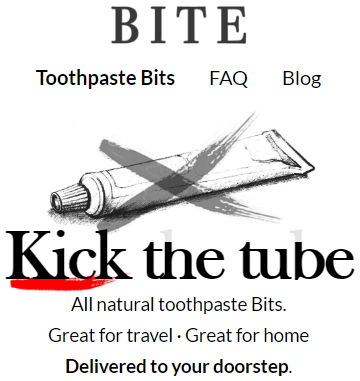
Here’s how you can start brainstorming your own product idea:
#1 Create a list of products or services that could potentially solve a problem. Speak with others about your ideas.
What’s something that’s bothering you or something you believe could make life easier? Hold a solo brainstorming session where you write out your ideas. If you already have an idea (or several!) skip to #2.
Don’t worry right now if you have the skills to bring your idea to life. Lindsay wasn’t a chemist, but that didn’t stop her from following through on her idea.
#2 Once you have a list, get together with your friends (or even start a Facebook thread) to discuss your ideas.
Ask them the following questions:
Is this something that can improve your life?
Does something like this already exist?
If yes, what do you think is lacking?
If no, why do you think that is?
This line of questioning will help you figure out what hurdles may come up in bringing your idea to fruition (and if your idea meets the initial criteria stated of being needed and useful). Take notes and listen with an open mind. After speaking with your friends, select the idea you feel most passionate about.
Passion will help keep you motivated to succeed when the hurdles pop up. Just like Lindsay, there’s nothing you can’t learn.
Use This Ecommerce Business Plan Template To Define Your Problem And Solution
Market Research
#1 Understand your TAM, SAM, and SOM
You don’t want to build a company that doesn’t have a market, or the market size is too small to generate any meaningful revenue. Knowing your market size is key to understanding other aspects of your business, such as costs (how much you would have to spend to reach your market, how much you would have to produce to penetrate the market, etc.). Correctly estimating your market size and how much market share you can corner is a key element in any ecommerce business plan.
There are three important elements in assessing market size:[*]
Your total addressable market (TAM)
Your serviceable available market (SAM)
Your serviceable obtainable market (SOM)
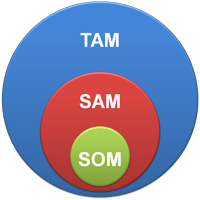
The total addressable market is the total revenue opportunity for your product or service. The serviceable available market is the market size that is geographically and/or politically available for you. The serviceable obtainable market is the market size that your product can realistically capture.
When thinking about internet and mobile penetration, to get an idea of how many people could access your ecommerce store, remember:
54% of the world’s population has internet access[*]
96% of the U.S. has internet access[*]
73% of U.S. mobile phone users accessed the internet with their mobile device[*]
#2 Calculate your TAM using Industry Reports
When Christine Souffrant Ntim, founder of Vendedy, wanted to launch a business that connected travelers to global street vendors, she needed to know how many people and how much money existed in this industry.[*]
A simple Google search using industry-specific keywords can yield big results. Her search words were: Street markets, street vending, street market industry. Her searching led her to this piece from foreignpolicy.org:

Christine started traveling the world in 2008 and knew that street vendors were referred to as working within a black market economy. When she took her business live in 2014, this article gave her data points to pull from. She gained insight about the tourism industry from World Tourism Organization (UNWTO), Neilson, and Deloitte. She concluded that there were, on average, 1 billion global tourists traveling annually. She used this figure for a rough guess at her TAM.
#3 Calculate Your SAM using Your TAM
Continuing our example with Christine, she used her TAM (1 billion tourists) to calculate her SAM. One billion represented tourists from around the world. She first wanted to focus on the U.S. market. Using a report from the National Travel & Tourism Office, she found an estimate of how many Americans were traveling abroad and their destinations. At the time of her research in 2013, there were between 12 and 16 million Americans traveling around the world.
#4 Calculate Your SOM by Comparing Competitors Market Size
No company has 100% market share in any industry. Your SOM is a realistic guess of how much market share you can acquire. This guess is based off trend predictions for your industry. By making a list of all your competitors (direct and indirect) and their trend predictions you can deduce what needs are being met and where your company can make a profit.[*]
Your product or service does not have to have a direct competitor, but can be an addition to a product/service that already exists.
Cameras on cell phones have gotten fairly advanced, but the video capabilities are lacking. There’s a viable market for detachable mobile phone camera lenses. Moment, a cell phone lens company, raised over $1.5 million and was featured in several digital publications.

This kind of success is one outcome of understanding the market and standing out from your competitors. Moment and it’s direct competitors (Olloclip, Ztylus and Easy-Macro) are private companies, so finding their exact market share and revenue is tricky.
To find your SOM, use industry websites to find estimates of revenues and market share for businesses in your industry. Some websites you can use to find different industry data include:
Neilson
Deloitte
Statista
STR
Industry specific sites such as: World Tourism Organization (UNWTO) for example
Use This Ecommerce Business Plan Template To Enter Your TAM, SAM, And SOM
Business Model
An effective business model is paramount to profit creation. Your business model is the framework of how you plan to capture a share of the market. It outlines how you plan on selling your product or service to buyers. There are several models:
B2B
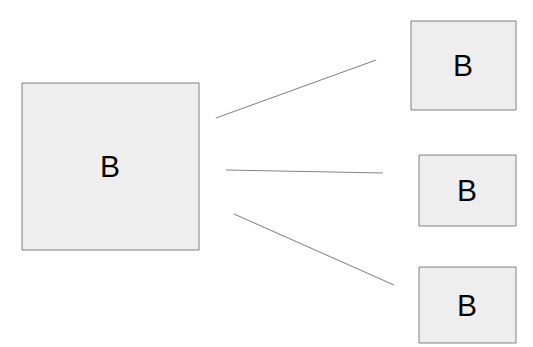
Business-to-Business (B2B) means you sell your product to other businesses instead of individual customers. A B2B company can be a service provider, but it can also sell a physical good such as an office furniture supplier.
C2C
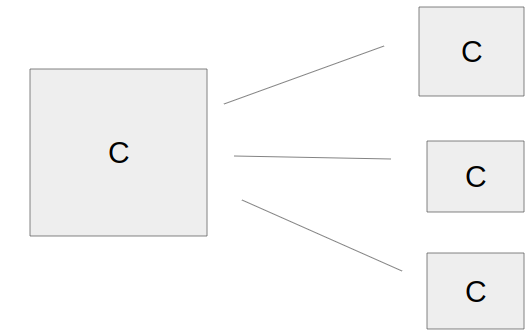
Customer-to-Customer (C2C) means you provide a platform for customers to trade or sell with each other. You generate revenue by charging a fee, such as eBay.
C2B
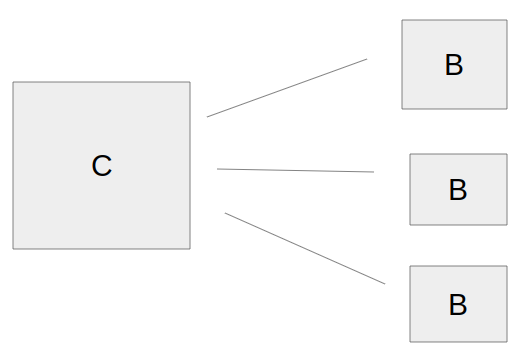
Customer-to-Business (C2B) is similar to the C2C model. You are still providing a platform for customers to trade and sell, but they are trading and selling to businesses.
B2C
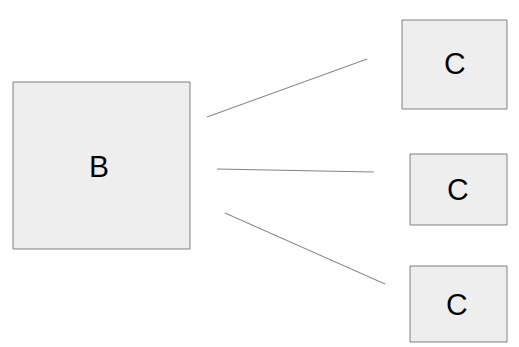
Last is B2C, which is common among ecommerce businesses. You as the business sell directly to an individual consumer. If you are selling a physical product, outline your product acquisition and delivery process. Amazon is an example of a C2C model and a B2C model because they sell their own proprietary products under the name “Amazon Basics”.
If you choose a B2C or B2B model, some follow-up questions to consider:
How does someone place an order?
How is the order received?
How is the order fulfilled?
How is the order shipped to the customer?
How do you ensure this process is repeated with all orders?
Be sure to state where and how you are storing inventory, as well as how long order completion takes. If your product is custom-made, note how long custom jobs are expected to take and how you will space out orders.
Use This Ecommerce Business Plan Template To Enter Your Business Model
Business Costs vs. Potential Revenue
Your potential revenue is derived from your SOM. Knowing you won’t take 100% or even 10% of a market will help you estimate a realistic financial overview for your industry choice. Even if you've got something that could be huge, it won't start out that way. While Airbnb is known as a disrupter, according to an STR Report (“STR is the source for premium global data benchmarking, analytics and marketplace insights”) from July 2016 (8 years since being in business), it’s share of market demand and revenues was still below 4% of the total accommodations market share for 13 regional markets.[*]
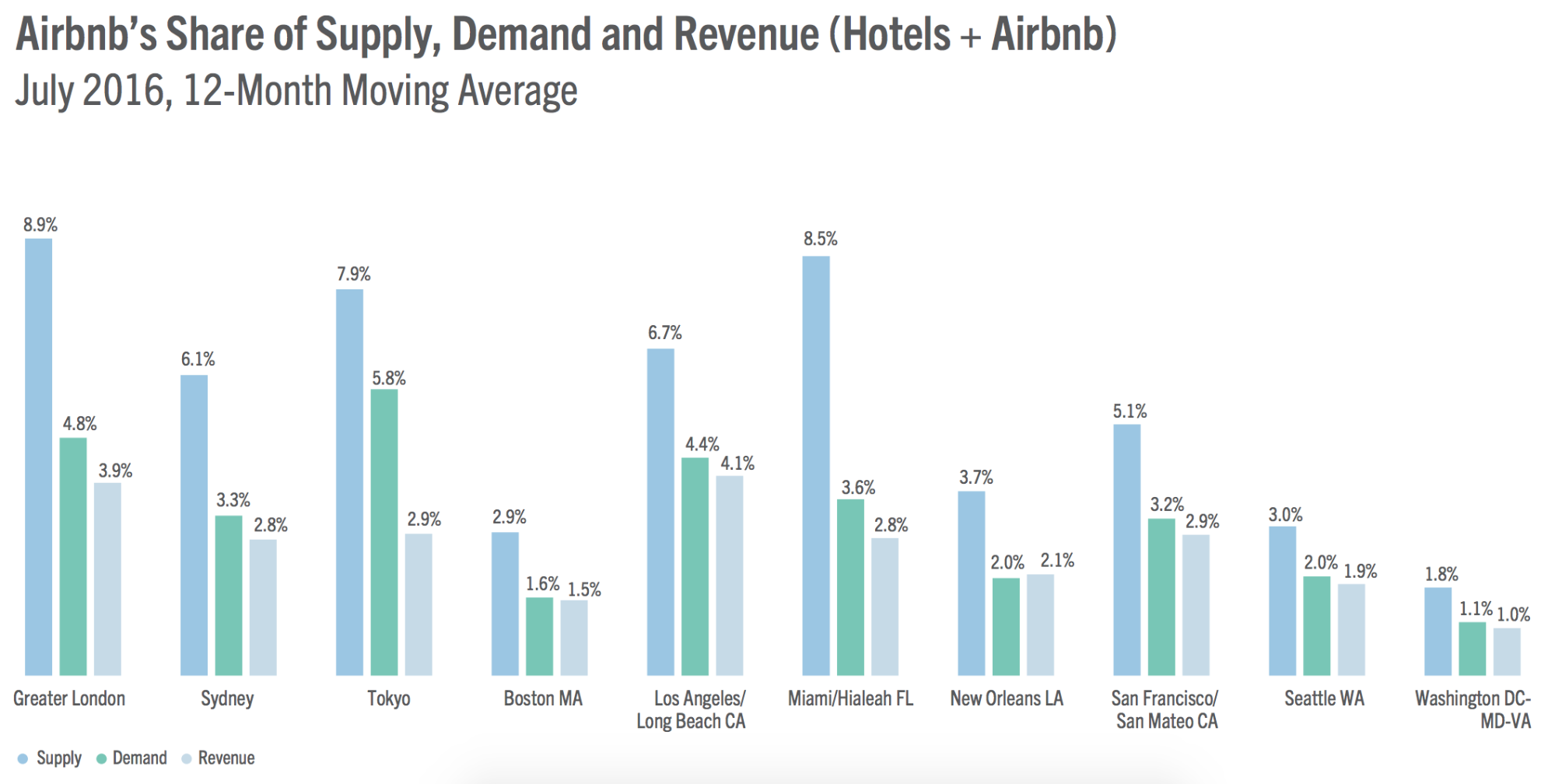
#1: Determine Your Startup Costs
Your startup costs are the sum of the expenses your business incurs before launch.
Costs can be broken down into three categories: one-time, fixed, and variable.
Detail your costs in a list
In column one, list one-time costs. This may include hiring a consultant, incorporating your business, or buying a laptop.
In column two, list fixed (constant) monthly costs associated with selling your product. While this includes rent, it also includes the cost of your internet, website hosting, ecommerce software, etc.
In column three, list all variable costs. Credit card processing costs will vary based on the amount you sell each month, utilities will change based on usage and the season, raw materials can fluctuate based on the market, and labor costs can change based on production needs. One method is to try to estimate the costs for a year and divide the result by 12 for a monthly cost.
Pro Tip: Set up an emergency fund for unknown costs. This can be an extension of your “runway fund.” “Runway” is a startup term that reflects how long your company can remain afloat if income and expenses are steady. A “runway fund” is the money you have to ensure your business remains operational pre-profit.

Use This Startup Costs Spreadsheet
#2 Set Your Price
How much you sell your product or service for depends on a number of factors. The value of anything is what people are willing to pay for it. Using your market research, you can apply a value that makes sense for your market. Here are two pricing strategies you can use:
Pricing Strategy 1: Market-Oriented Pricing
If you are selling machine-made diamonds, you have to consider the cost of creating the diamonds and how much customers are willing to pay for machine-made diamonds. Given that diamonds are in a luxury market, whether they are man-made or natural, you have several ways to price your product.
You can use a higher price point than average, copy the market average, or undercut your competition by pricing lower than the average. This is called market-oriented pricing. It compares your product or service to the competition in your market.
Create a spreadsheet that identifies your direct competitors’ pricing of products you intend to sell. Using your market research and factoring in your costs, you can make an informed pricing decision.
Pricing Strategy 2: Keystone Pricing
Keystone pricing is when an item is priced twice as much as it costs you to make or buy. Keystone pricing has been associated with the retail industry specifically, but it’s not a standard by any means.
The pro of keystone pricing is that you can test your market and see if they’re willing to pay that price for your product. Sticking with our diamond example, if it cost you $500 to make a diamond ring, will someone be willing to pay $1000 for it? On the upside, you’ll have a gross margin of 100%.
The con of keystone pricing is that your price will be uncompetitive if your competitors have all decided to accept a lower margin — marking up a computer by 100% would not get you any sales or much interest in your business plan.
To read more about market-oriented pricing, keystone pricing, and other pricing strategies, click here.
Remember: The price you set now can be changed later; however, you don’t want to price your item too low where you don’t make a profit, nor too high where no one wants to buy it.
Use This Ecommerce Business Plan Template To Enter Your Pricing Model
#3 Create Your Sales Forecast
As a new ecommerce business, your sales forecast is a prediction of your sales and revenue based on educated guesswork about your product or service, and the market. You will compare your forecast to actual numbers when you have them.
Calculating Revenue Projections
You want to create a five-year projection. First, create a spreadsheet that outlines your projected sales for each month of year one. Then add years two through five to the spreadsheet to demonstrate annual projections.
Create a spreadsheet that outlines the following:
Units Sold
Price Per Unit
Sales Revenue (Units Sold ✕ Price Per Unit)
Unit Cost (Sum of material, labor, fixed and variable costs, and overhead to create one unit) *Note: Overhead generally refers to non-labor costs for running your business
Cost of Sales (Units Sold ✕ Unit Cost)
Profit (Sales Revenue minus Cost of Sales)

#4 Calculating a realistic sales forecast
There are two approaches startups and small businesses can take when creating a sales forecast.
The Top-Down Approach
This approach uses your knowledge of the market to make an assumption that you can capture a certain percentage of the market within your first year of business, and increase that percentage each year. This may give you an optimistic forecast that may be unrealistic to investors. The forecast could also hinder your business decisions when actual numbers come in.
Hypothetically, if you make candles, then your market research will tell you candles are used in seven out of 10 households in the U.S. There are 126.22 million households in the U.S. according to the 2017 Census, so that's 88 million households that buy candles.[*]
Let’s say each household buys at least one candle a year. Since you are a new business, your conservative guess is that you can capture 1% of that market, giving you 880,000 customers.
At first glance, this seems optimistic. Why? You have not factored in your business model — how many salespeople do you have? Can you sell to the entire US or should you maximize a specific region? Can you make 880,000 candles in a year?
The Bottom-Up Approach
This approach will give you a smaller forecast, but more realistic figures as it takes into consideration actual numbers and your own output capacity.
Pro tip: Check public company annual reports and filings to help determine financial and product information about potential competitors. Comparing competitor information against your own business model will give you more insight.
Back to our candle example: You know you can produce 100 candles a month. You know the average mass-produced candle sells for $1.99, but handmade candles retail between $8 and $15. You decide to price your candles at $10 each. You set a modest goal to sell 25 candles a month, increasing to 50 candles a month during the holiday season (October through December).

With this model, $3,000 is the profit from one year of business, using modest projections. You can then increase your units sold, and price in the following 2-5 years at an incremental rate. So in year two, you sell 50 candles off-season and 75 during the holiday season. By year three, your ability to produce could increase by bringing on a second maker or dedicating more time to candle creation.
You will outline this in your sales forecast section to show why you believe your output, sales, and pricing will increase over time.
Use This Spreadsheet To Forecast Your Sales
Proof Of Concept And Beta Testing
Before writing your business plan, you want to develop a proof of concept. You want to have these steps completed so you can write up your findings and how your business is going to succeed.
Proof of concept, also written as POC, precedes your prototype and beta testing. It answers the question: Is your idea feasible? Two questions to ask yourself is:
Has this idea been done before/ Does your imagined product already exist? (Which you’ve already answered)
Who are your competitors? (Which you’ve already identified)
Back to our diamond example. Creating manufactured diamonds has been done before, you can get access to the machinery that can create the diamonds, you can gauge for quality and so on. Your POC is sound; however the challenge is finding what will make your product stand-out from your competition.
For an idea or product that hasn’t been done before, you will need to collect significant data to prove feasibility. Some ideas are ahead of their time, such as Charles Babbage’s first stab at a machine that could be programmable (the computer). He was able to produce a POC based on the knowledge of computing that existed at the time, and marrying that without engineering capabilities.[*]
Then we enter the prototype phase. Once all aspects of feasibility have been addressed, you can then design an internal version of your idea for you and your team to test (known as alpha testing). When it is ready for the public (doesn’t have to be perfect), then you enter your beta testing phase.
NOTE: If your product has a unique mechanism that you created, you may want to patent it — you can start your patent application online. Once you get the “patent pending” green light, you are free to share your product via beta testing without risk of it being legally copied.[*]
Patenting a product before you’ve pre-sold or sold it to anyone can be risky. We recommend validating you can sell your product before worrying about the patent process. Focus on your velocity to $1 like AppSumo did when they started.

#1 Be Creative — Offer Incentives for Beta Testing
Whether your product is an app or a tangible item, you want to test it on a subsection of your target demographic. Some beta tests are used to gain feedback on usability, errors, or malfunctions. Decide what you are using beta testers for before you go looking for them.
You want your beta testers to give you accurate and actionable feedback, so you have to give them clear and detailed instructions. Maintaining ongoing communication is key to success.
Incentives help prompt that feedback. Incentives can be a free item, a discount on the product, raffle prizes, or gift cards. If you have the funds, you can hold a launch party and reward beta testers with invites.
FitStation Tribe is offering one year of free access for beta testers.
EarBuds, a social music app, is running an Instagram social media campaign where they shout out their beta testers.
NOTE: Beta testing is not for prototypes.
#2 Get Influencers to Beta Test Your Product
The best part about beta testing is that you are marketing your product at the same time. The rise of influencer marketing allows a potential customer to test your product and amplify your message. Whether you have to pay an influencer depends on their personal brand; some influencers may test your item because they think it’s cool, while others may charge. It doesn’t hurt to ask.
In 2016, a custom jewelry startup, Jevelo, worked with influencer company, Activate, to hire 12 influencers to beta test their app. Each influencer used the Jevelo app to make their necklaces and showcased the final product in photos on social media. Some of them wrote blog review talking up the product.
According to Activate’s case study on the campaign, the influencers generated 14,594 organic engagements on Instagram. Using a mixture of social media posts and blog reviews, Jevelo’s 12 beta testers had a combined reach of 3.6 million.[*]
#3 (Gently) Plug Your Product in Blogs, Forums, and Other Online Spaces
Using your market research, you can find your target demographic online. If your product is food related, you can drop some savvy copy in blog comments, Facebook groups, and Instagram comments. You can email food bloggers directly as well. The sky’s the limit on how to find your potential customers and pique their interest.
List the tactics you are going to use in your business plan.
Use This Ecommerce Business Plan Template To List Your Beta Testing Tactics
Market Your Product
While we discussed combining finding beta testers with marketing, you still need to create a stand-alone marketing strategy. You need to detail where your potential customers live on the internet — after all, you are an ecommerce business. Be detailed when it comes to your marketing strategy. If you plan on launching a social media campaign, write it out. If you plan on hosting a booth at a conference, write it out. If you’ve already implemented marketing campaigns, be sure to include results in your business plan as well.
#1 Create Customer Profiles via Beta Testing and Earlier Market Research
Your product or service will not be for everyone, and that’s OK. You want to target a specific demographic. As you get more feedback from your beta group, you’ll learn which groups enjoy your product the most. Honing in on buyer personas and using your earlier market research will allow you to craft specific campaign ads and messages.
#2 Create a Robust Email List and a Landing Page
As an ecommerce business, you will be selling your goods via a website. Instead of stressing over coding a landing page to get email signups, use Sumo’s new Grow Email List Shortcut to display a perfectly timed offer to your website visitors. You can try it free by clicking the button below.
Hemper used a Swag Bundle offer and 10% discount to grow their email list:
The average Sumo email list building popup converts website visitors into email leads at 2.3%, but Hemper was able to generate an 11.8% conversion rate, and 29,062 new email subscribers. To see a detailed breakdown on how they achieved a conversion rate 5x the average, click here.
6 Key Sections You Need In Your Ecommerce Business Plan
Including these six key sections in your business plan will create a starting road map for your business.
While there are other components to a business plan such as your executive summary and team bio, this has everything you need to hit the ground running.
Download our Ecommerce Business Plan Template today to start planning your next business idea.


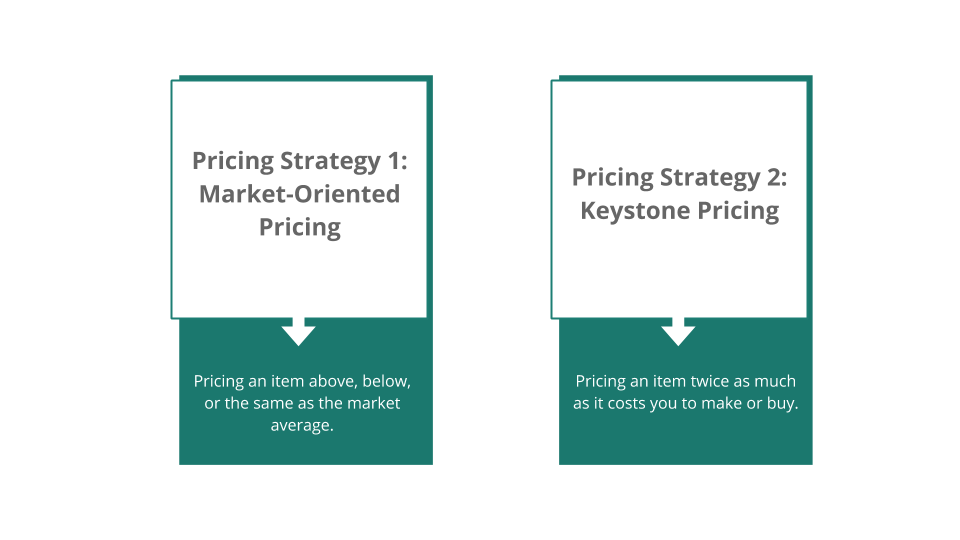
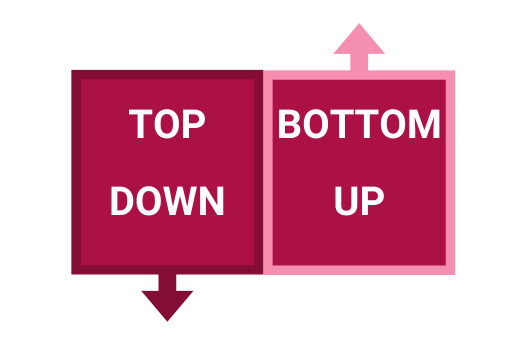
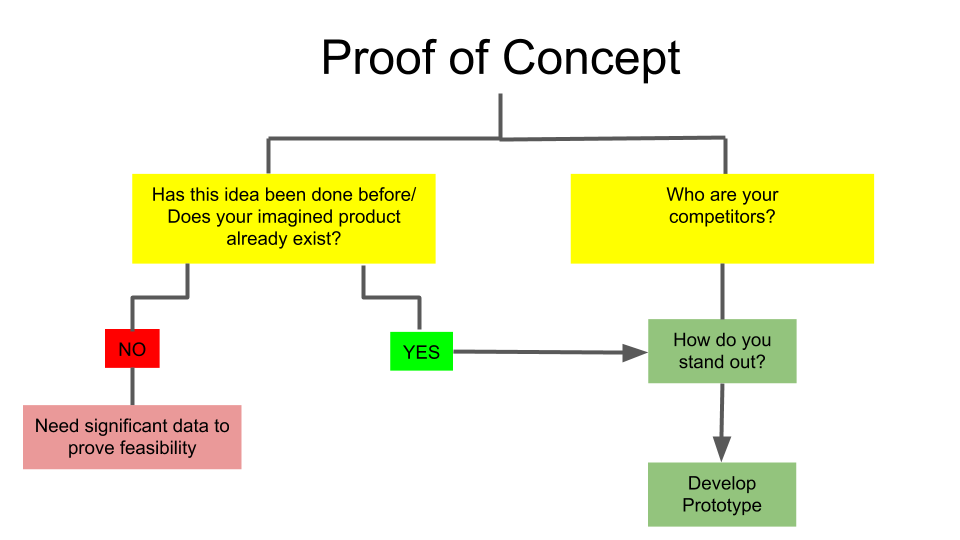
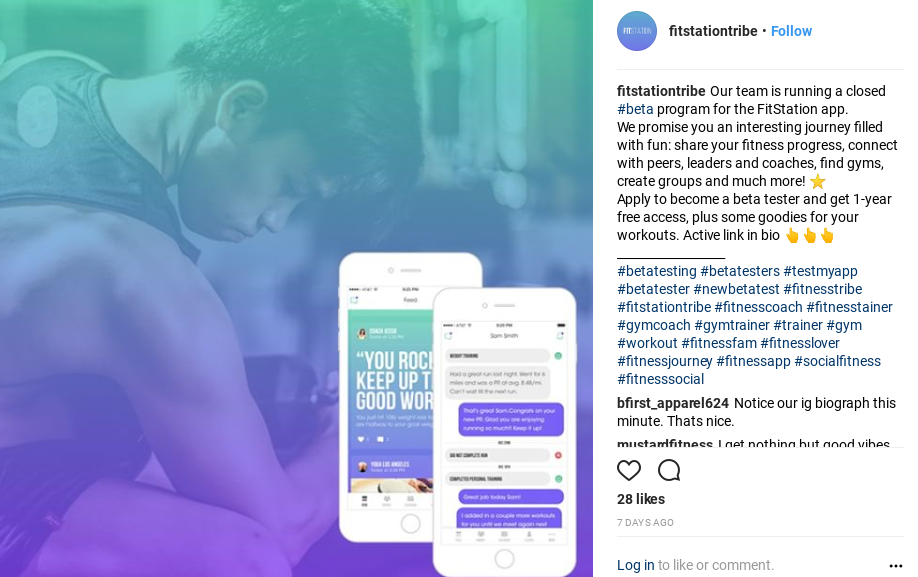



Comments